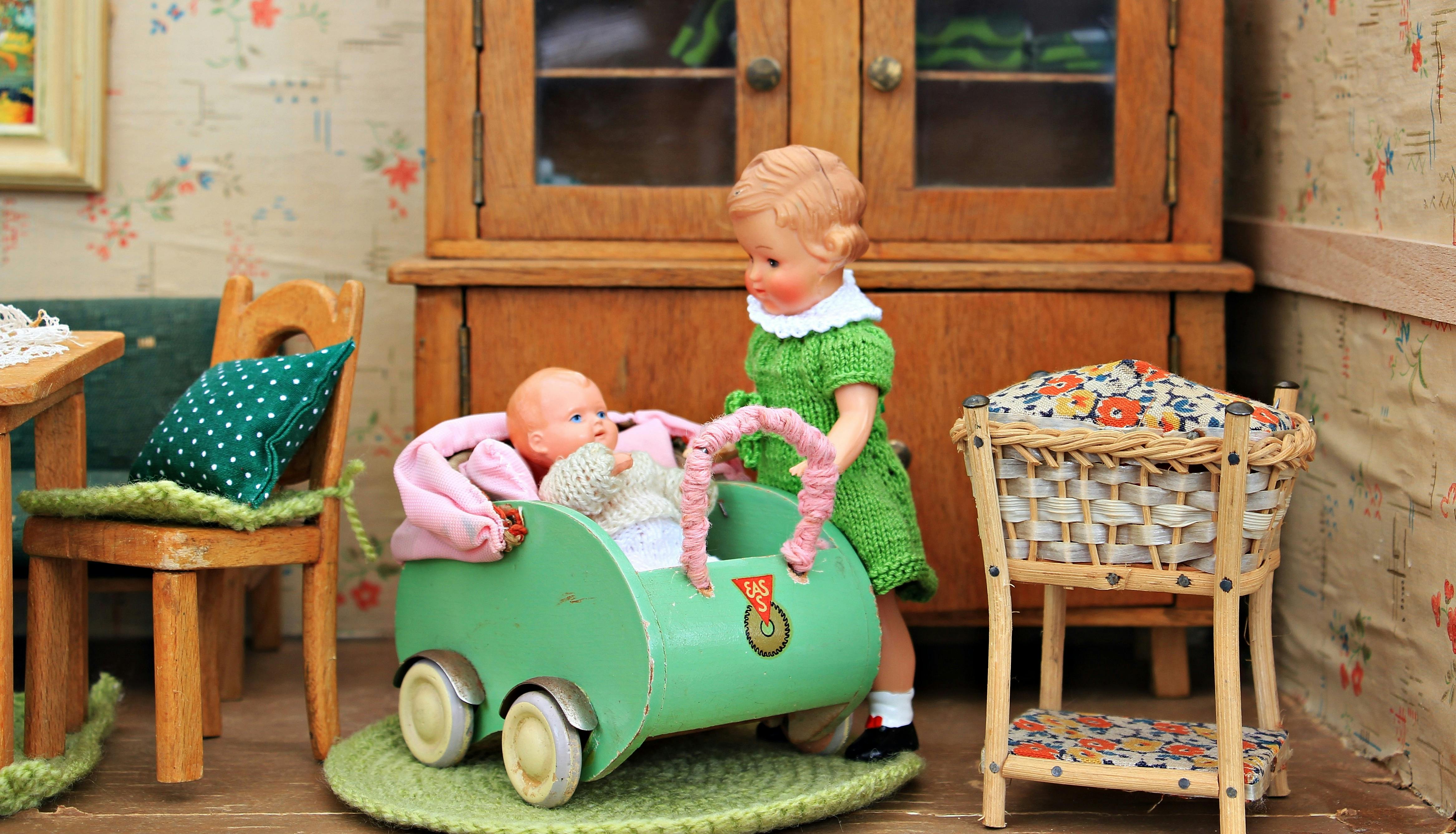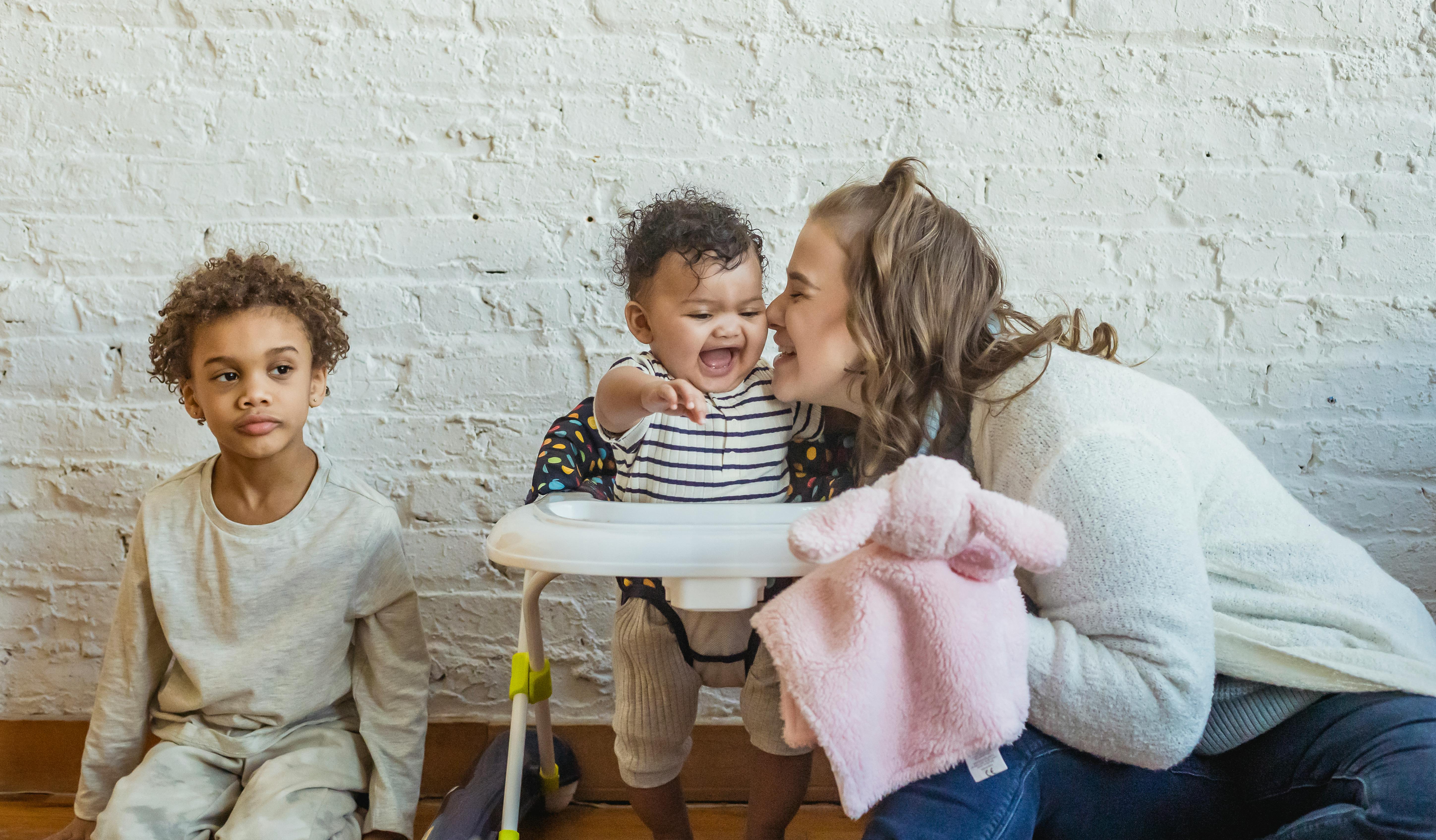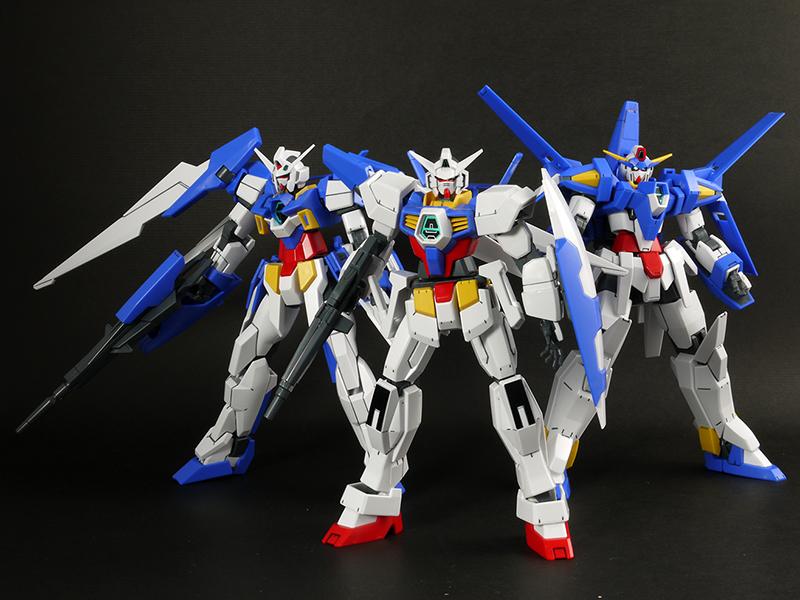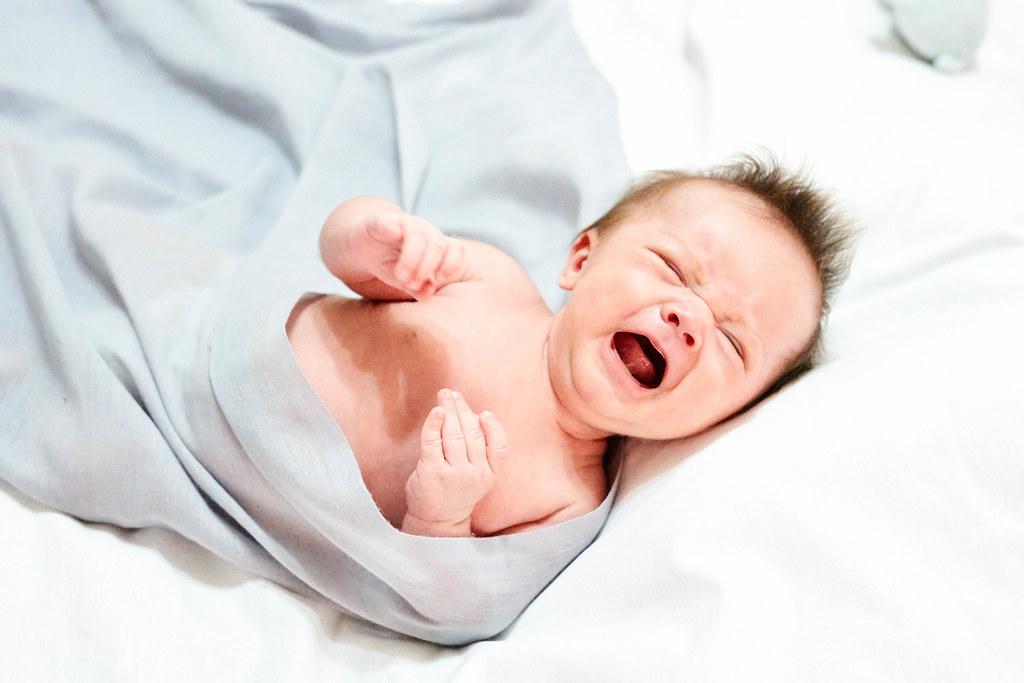Bouncers are a great way for parents to keep their little ones entertained while they do other things. But, what age can babies go in bouncers? This article will provide an overview of when babies can safely be placed in a bouncer and the factors that should be taken into consideration when doing so.Most babies can safely begin using a bouncer from the age of 3 to 5 months, as long as they are able to hold their head up unsupported. However, it is important to always follow the manufacturer’s instructions and use the safety straps provided.
Types of Baby Bouncers
Baby bouncers are a must-have item for any new parent. They provide a safe and secure environment for your baby to relax and move around in. There are many different types of baby bouncers available on the market, so it can be difficult to know which one is right for your little one. Here is a quick guide to the different types of baby bouncers and some tips on choosing the right one for your baby.
The first type of baby bouncer is the traditional style, which features a seat suspended between two metal or plastic frames. These frames can be adjusted to fit your baby’s size, and the seat can be reclined or tilted to provide extra comfort. Traditional bouncers also come in a variety of colors and patterns, making them perfect for any nursery décor.
The second type of baby bouncer is the activity center or play station style, which includes various toys and activities attached to the frame. These activity centers are designed to stimulate your baby’s senses with bright colors, sounds and textures, while also providing support as they learn how to sit up on their own. Some activity centers even come with music or lights that can help keep babies entertained while you’re busy doing other things.
Finally, there are rocker-style bouncers that feature a curved base so that they can be rocked back and forth like a rocking chair. These rockers are great for soothing babies who have difficulty settling down or calming down after playtime. They also help encourage motor skills development as babies learn how to use their feet and legs to move themselves around in their seat.
When choosing the right type of baby bouncer for your little one, there are several factors you should consider such as size, safety features, weight capacity and comfort level. Additionally, make sure that you choose a product that meets all safety standards set by ASTM International (formerly known as American Society for Testing Materials). With these tips in mind, you’ll be sure to find the perfect bouncer for your bundle of joy!
Safety Standards for Baby Bouncers
When it comes to safety for your baby, nothing is more important than choosing the right baby bouncer. Baby bouncers are a popular choice for parents because they are comfortable and provide a safe environment for your little one. However, there are certain safety standards that you should look for when purchasing a baby bouncer. These standards include:
• Sturdy construction: Make sure the frame is sturdy and well-constructed to prevent it from tipping over or collapsing. Look for any weak spots or loose screws that could cause potential hazards.
• Adjustable straps: Ensure that the straps can be adjusted to fit your baby’s size and age. This will help keep them secure and prevent them from falling out of the bouncer.
• Non-skid base: Make sure the base of the baby bouncer has non-skid material to keep it from sliding on hard surfaces. This will help ensure that your little one cannot easily roll off or out of the bouncer.
• Breathable fabric: Look for breathable fabrics such as cotton or mesh to keep your little one cool and comfortable while they’re in the bouncer.
• Safety lock: Choose a model with an easy-to-use safety lock mechanism that will prevent accidental opening when not in use.
These safety standards are important to consider when purchasing a baby bouncer as they will ensure that your little one is secure and comfortable while using it. Always read the manufacturer’s instructions carefully before using any product, as this will help you use it safely and correctly every time.
Benefits of Using a Baby Bouncer
The use of baby bouncers has become increasingly popular in recent years. With their numerous benefits, they are an ideal way to keep your baby entertained and safe. Baby bouncers can help to improve motor skills, reduce the likelihood of colic and even help babies to sleep better. Here are some of the main benefits of using a baby bouncer:
Motor Skill Development
Baby bouncers provide an excellent way to help babies develop their motor skills. The bouncing motion provides a fun and stimulating environment for them to move around in, while also helping them practice their balance and coordination. This is especially important for younger babies, as it can help them learn how to sit up and stand on their own.
Reduce Colic Symptoms
Colic is a common condition that affects many babies, causing excessive crying and fussiness. Studies have shown that the rocking motion of a baby bouncer can help reduce the severity of colic symptoms in infants. This is because it mimics the motion they would experience if being held by their parents or caregivers.
Improved Sleep Quality
Baby bouncers can also be used as an effective tool for helping babies sleep better. The rhythmic motion helps soothe them, while also providing a secure and comfortable environment for them to rest in. Many parents choose to use baby bouncers when trying to transition their infant from daytime naps into nighttime sleep cycles.
Overall, the use of baby bouncers has multiple benefits that can be beneficial for both baby and parent alike. From helping improve motor skills development, reducing colic symptoms, and providing improved sleep quality, these versatile pieces of equipment can be invaluable when it comes to caring for your little one.
Risks of Using a Baby Bouncer
The use of baby bouncers can pose a number of risks to babies, including potential injury, developmental delays, and even suffocation. It is important for parents to be aware of these risks before using any type of baby bouncer.
Injury is one of the most common risks associated with baby bouncers. Babies are not developmentally ready to use a bouncer until they can support their own head and neck and have adequate control over their body movements. If babies are placed in the device before they have achieved these developmental milestones, they can suffer from head or neck injuries due to the bouncer’s momentum. Additionally, there is a risk that infants may become entrapped or strangled in the straps or other parts of the bouncer.
Another potential risk associated with using baby bouncers is that it may cause delays in a baby’s motor development. Research has found that prolonged use of baby bouncers can interfere with normal motor development by preventing babies from practicing important skills such as rolling over and crawling. This could lead to long-term developmental delays if not addressed early on.
Finally, there is also the risk of suffocation when using a baby bouncer. Infants should never be left unattended in a bouncing device as they could roll onto their stomachs and become stuck in an awkward position that makes it difficult for them to breathe properly. It is also important to make sure that the straps used to secure your infant are secure and not too tight as this could further restrict their breathing ability.
In conclusion, baby bouncers can be fun for babies but it is important for parents to be aware of the potential risks involved with its use. Make sure your infant meets all necessary developmental milestones before placing them in any type of bouncing device and always make sure they are properly secured and supervised at all times while they are in it.

How to Choose the Right Baby Bouncer
When it comes to selecting a baby bouncer, there are several important factors to consider. The type of bouncer you choose will depend on the age and weight of your baby, as well as your own personal preference. It is important to consider the safety features of any bouncer you are considering, as well as comfort and convenience. Here are some tips for choosing the right baby bouncer for your little one:
1. Age: Different types of bouncers are designed for different age groups. When choosing a bouncer, make sure it is appropriate for your baby’s age and weight range. Most bouncers are designed for babies up to six months old, but some models can accommodate older babies or even toddlers.
2. Safety Features: It is important to look for a bouncer that has adequate safety features in place. Make sure there is a secure harness or belt system in place to keep your baby safe and secure while they bounce. Look for secure straps that will hold your baby in place and prevent them from slipping out.
3. Comfort: Comfort is key when it comes to selecting a baby bouncer. Look for one that has plenty of padding or cushioning where your baby will be sitting or lying down. This will provide support and comfort during playtime.
4. Convenience: Look for a model that offers convenience features like adjustable heights, removable covers, and foldable frames. These features make it easy to store away or transport when needed.
5. Price: Last but not least, consider your budget when selecting a baby bouncer. While there are some expensive models available, there are also many affordable options on the market today.
By keeping these tips in mind when shopping for a baby bouncer, you can be sure you choose one that is safe, comfortable, convenient, and within your budget.
How to Use a Baby Bouncer Safely
Using a baby bouncer can be a great way to keep your little one safe, entertained and content. However, it is important to use it safely to avoid potential injury or accidents. Here are some tips on how to use a baby bouncer safely:
First, always check the safety instructions that come with the baby bouncer and read them carefully before using it. Make sure the bouncer is properly assembled and all the straps are tight enough to keep your baby secure. Also, check for any loose parts or missing pieces that could cause an injury.
Next, make sure your baby is not wearing any clothing with drawstrings or cords that could get caught in the moving parts of the bouncer. It’s also important to place the bouncer on a level surface that isn’t slippery so your baby won’t slip out of it.
When using the baby bouncer, make sure your baby is always within reach. It’s best to have someone else nearby when you are using it so they can help if you need it. Never leave your baby unattended in a bouncer as this could be dangerous.
Also, never transport a child in a bouncing chair as this can be extremely dangerous. The chair was not designed for transportation and could tip over unexpectedly.
Finally, make sure you always follow the age limits outlined by the manufacturer for using their product. Most manufacturers recommend only using their products until babies reach six months old or begin to roll over. After this point, babies should no longer be placed in bouncing chairs or other similar products.
By following these tips on how to use a baby bouncer safely, you can ensure your little one is safe and secure at all times while in their bouncing chair.
Adjusting the Straps in a Baby Bouncer
Adjusting the straps on a baby bouncer is an important part of making sure your baby is secure and comfortable. It’s important to get the straps adjusted correctly, so that your baby can remain safe while bouncing. Adjusting the straps can be done in a few easy steps.
First, make sure your baby has been securely strapped into the bouncer with the safety harness. Then, locate the two strap adjusters on either side of the bouncer. These are typically located near the shoulder area of your baby’s body. Once you have located them, adjust them up or down until they fit comfortably around your baby’s shoulders and chest.
Next, adjust the length of each strap so that it fits snugly against your child’s body without being too tight or loose. To do this, simply pull on one end of each strap until you have achieved your desired fit. You may need to do this several times until you get it just right.
Finally, check all of the straps to make sure they are secure and properly adjusted before allowing your child to use the bouncer. Make sure all buckles are securely fastened and that there are no loose ends or dangling pieces of fabric that could potentially cause harm to your child. Once everything is adjusted and secure, you’ll be ready for some safe bouncing fun!

Conclusion
The age at which a baby can go in a bouncer varies from one to six months, depending on the individual baby and the type of bouncer. Infants should not be placed in a bouncer until they have developed strong head and neck control. Before placing a baby in a bouncer, parents should consult their pediatrician for advice and guidance. Additionally, parents must ensure that the bouncer is stable and safe for their baby’s use. Furthermore, babies should never be left unsupervised in a bouncer.
In summary, it is important to note that the age at which a baby can go in a bouncer is dependent on many factors including the individual baby’s development and the type of bouncer being used. It is essential that parents consult with their pediatrician before placing their baby in any type of bounce seat or swing. Finally, always remember to supervise your infant while they are in a bouncer for safety reasons.




